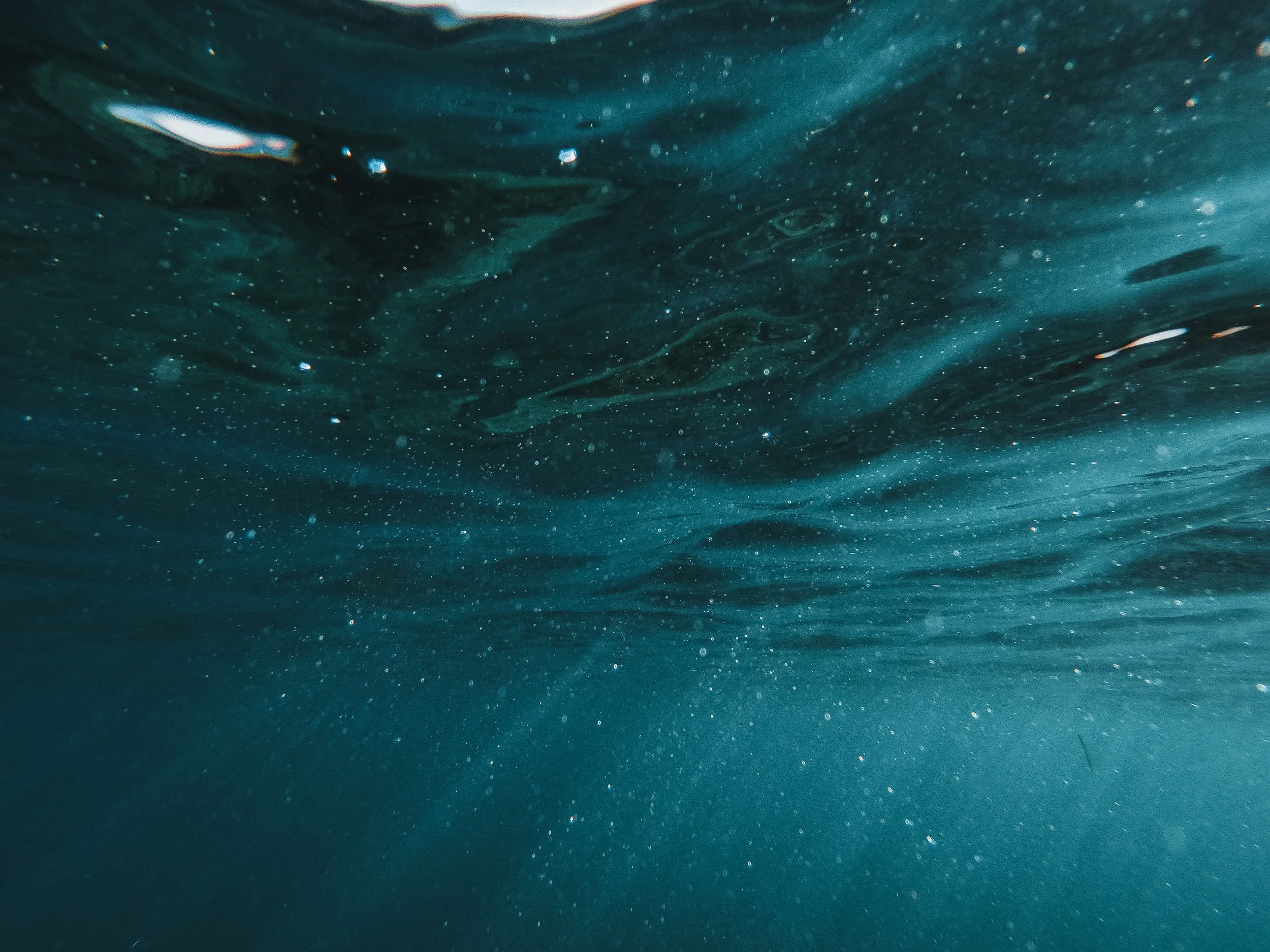Environmental Impacts and Sustainability of Conventional Fishing
Before we get into any of these impacts, we will need to spend a little time on the types of fishing the world carries out. Let me ask you a question. Visualise the first thing that comes to mind when I say the word ‘fishing’.
You probably pictured an angler sitting by a lake leisurely, waiting for the fish to bite. Was I right? What I’ve described is recreational fishing. Unless you are going out to catch endangered species of fish, or on a week-long trip with a strict catch and don’t release policy, the average recreational angler won’t have much impact on fish stocks. The next type of fishing would be small-scale commercial fishing. This would be the ‘nelayan’ (fisherman) you see go out to fish in the coastal communities of Malaysia to make a living for themselves. This doesn’t really have a large impact on the environment or sustainability, as the amount of fish caught is usually in small amounts relative to the heavyweight I'm about to introduce. You probably guessed it, large-scale commercial fishing. This is industrial fishing with large trawlers or boats that are capable of catching and storing large amounts of fish.
Large scale commercial fishing is the problem here.
This involves a plethora of destructive and unsustainable fishing methods when not regulated (Pauly, 2006). It is NOT sustainable at all if left to its own devices. There is a world where such conventional fishing can be sustainable, but this is a highly unlikely scenario. Unless we regulate it, we face the Tragedy of the Commons. Essentially, firms will continue to exploit the fish stock resource as negative externalities (third-party costs caused by these firms), are not borne by them since no one ‘owns’ the oceans. Thus they continue to reap profit from fishing until there is no more profit to be gained, and overfishing is the norm as the full cost of doing so is not borne by them (Hardin, 1968).
So what do we mean by sustainable? Sustainable fishing would require a certain sustainable level of fish to be caught annually. This level is called the maximum sustainable yield, which is equal to the level of growth of the fish stocks (Maunder, 2008).
What are the environmental impacts of volume-driven, unsustainable conventional fishing? First, methods such as bottom trawling and drift or gill nets are extremely dangerous to marine ecosystems and their denizens. Let’s take drift nets as an example. These are huge nets that are placed in the water column to catch anything and everything. Marine mammals, larger creatures and other fish species not being targeted end up in these nets as well, and die as bycatch (Lewison et al., 2004). Furthermore, these types of nets usually catch whole schools of fish, not leaving any behind to reproduce (FAO, 2020a). The damage does not stop there. Pieces of fishing gear might be discarded, or are abandoned if damaged or stuck on structures. These are near permanent environmental hazards for marine life, with more than 100,000 dolphins, whales, turtles and seals caught in abandoned gear annually (UNEP, 2018).










